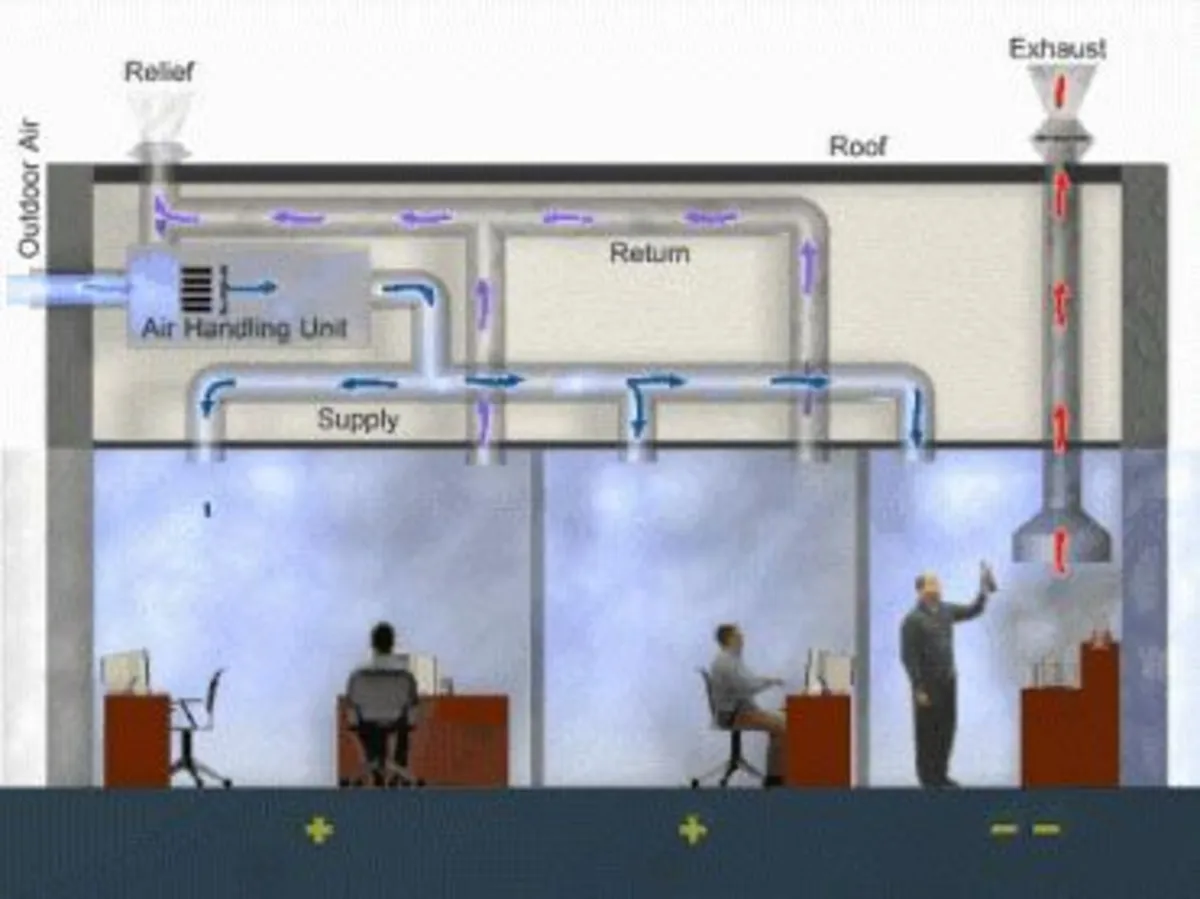As underground living grows in popularity for security, sustainability, or self-sufficiency, so does the need for efficient, reliable climate control. Expansive bunker homes require HVAC systems that go far beyond traditional residential capabilities. Choosing the right system is critical—not just for comfort, but for survival, air quality, and long-term energy efficiency.
This guide breaks down what homeowners, builders, and designers need to consider when selecting HVAC systems for large underground or fortified structures – https://acjakarta.com.
Understand the Unique HVAC Challenges of Bunker Homes
Bunker homes present a very different set of environmental and logistical challenges than above-ground structures. Some of the key HVAC-related issues include:
Limited airflow and ventilation
Underground homes are naturally sealed tight, so systems must be designed to introduce and circulate fresh air without compromising security.
Humidity control
Without sunlight or natural evaporation, moisture builds up quickly in bunkers. HVAC systems must include robust dehumidification capabilities.
Zoning requirements
Expansive bunker homes often have multiple floors and zones, each requiring precise temperature and humidity control.
Limited maintenance access
Systems must be durable, low-maintenance, and remotely monitorable if possible.
Prioritize Air Quality and Ventilation
In any enclosed environment—especially one meant to be self-sustaining—air quality is paramount. HVAC systems in bunker homes should include:
- High-efficiency particulate air (HEPA) filtration
- Activated carbon filters for odor and chemical absorption
- Fresh air intakes with security-grade airlocks or scrubbers
ERV or HRV units (Energy or Heat Recovery Ventilators) to maintain fresh air while conserving energy
For homes designed to be habitable during natural disasters, wildfires, or other emergencies, consider systems with biological, chemical, and radiological (CBR) filtration options.
Sizing and System Selection
The size and layout of the bunker determine the type and size of HVAC system required. Most expansive underground homes benefit from:
- Ducted split systems for central control
- Variable refrigerant flow (VRF) systems for multi-zone flexibility
Geothermal heat pumps, which take advantage of stable underground temperatures for highly efficient heating and cooling
Geothermal systems are especially well-suited to bunker homes. With minimal above-ground footprint and no reliance on outside air, they offer a highly sustainable and nearly silent operation.
Backup and Redundancy Are Non-Negotiable
Unlike a traditional home, failure in a bunker HVAC system can have immediate health and safety consequences. Every system should be designed with:
- Redundant heating and cooling units
- Backup power integration, such as battery storage or generator tie-in
- Failover ventilation routes or systems
- Automated alerts and diagnostics
Advanced control systems with remote access (via apps or control panels) can provide peace of mind and proactive maintenance.
Energy Efficiency and Sustainability
While energy use may not be the first concern in a survival bunker, most expansive bunker homes aim for long-term sustainability. Key strategies include:
- Using geothermal or solar-assisted HVAC systems
- High-R insulation to minimize thermal load
- Smart zoning and programmable thermostats
- Inverter technology for better energy modulation
Energy-efficient HVAC systems not only reduce the need for oversized backup power but also minimize heat signatures—something important for those concerned about stealth and privacy.
Professional Installation and Maintenance Are Crucial
Custom HVAC systems for bunker homes should always be designed and installed by professionals with experience in underground structures. Work with contractors familiar with:
- Load calculations for earth-sheltered buildings
- Ventilation and pressure equalization in sealed environments
- System balancing across multiple levels and zones
Post-installation, maintenance contracts should be in place to ensure long-term performance. Choose equipment with strong warranties and manufacturer support.
Final Thoughts
Installing HVAC systems in expansive bunker homes is not a plug-and-play job. It requires foresight, technical precision, and a deep understanding of how underground environments behave. The best HVAC systems are those that blend comfort with resilience—delivering clean air, temperature control, and efficiency even in the most isolated or off-grid scenarios.
Whether you’re building a modern survival bunker, a luxury underground residence, or a fortified compound, invest in HVAC solutions built to perform when it matters most.
